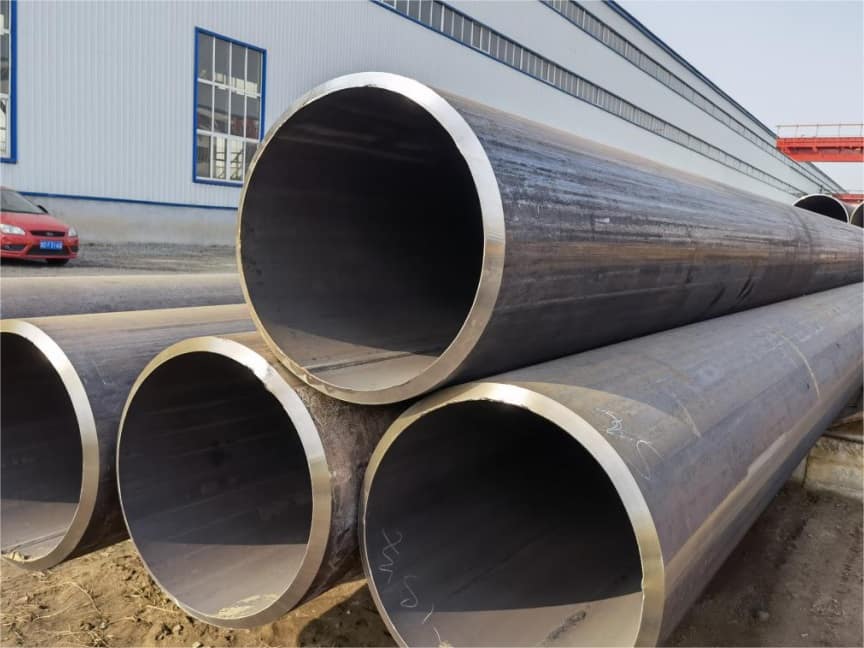Unlocking the Secrets of Pre-Shipment Inspection Best Practices: Ensuring Flawless Shipments
In the world of international trade, pre-shipment inspection is a critical process that can make or break a business. To ensure smooth operations and minimize risks, it is essential to follow best practices. Let’s delve into some of the key aspects of pre-shipment inspection best practices.
The first step in implementing best practices is to have a clear understanding of the product and its requirements. This includes knowing the specifications, features, and any specific quality standards that need to be met. By having a detailed knowledge of the product, inspectors can better focus their efforts and identify potential issues more accurately.
 A well-defined inspection plan is crucial. This plan should outline the scope of the inspection, the procedures to be followed, and the criteria for acceptance or rejection. It should also include details on who will conduct the inspection, when it will take place, and what resources will be needed. A comprehensive inspection plan helps ensure consistency and thoroughness in the inspection process.
A well-defined inspection plan is crucial. This plan should outline the scope of the inspection, the procedures to be followed, and the criteria for acceptance or rejection. It should also include details on who will conduct the inspection, when it will take place, and what resources will be needed. A comprehensive inspection plan helps ensure consistency and thoroughness in the inspection process.
The selection of an appropriate inspection agency or inspector is another important consideration. Look for experienced and reputable agencies or inspectors who have a track record of providing accurate and reliable inspections. They should have in-depth knowledge of the industry, relevant standards, and the ability to handle various types of products. A good inspector will not only identify issues but also provide valuable insights and recommendations for improvement.
During the inspection, it is important to use a systematic approach. This may involve a visual inspection, testing of functionality, measurement of key parameters, and examination of packaging and labeling. Inspectors should follow a checklist to ensure that no aspect is overlooked. They should also be trained to detect common defects and anomalies and know how to handle them appropriately.
Documentation is a key component of pre-shipment inspection best practices. Detailed records should be kept of the inspection process, including the findings, observations, and any actions taken. These records are not only important for future reference but also serve as evidence in case of disputes or quality issues. Good documentation helps maintain transparency and accountability throughout the process.
Communication is vital during the pre-shipment inspection. Inspectors should communicate effectively with the suppliers, manufacturers, and other relevant parties to ensure that any issues are addressed promptly. Clear and open communication helps avoid misunderstandings and ensures that everyone is on the same page regarding the quality of the goods.
In addition to the above, it is also beneficial to incorporate quality control measures throughout the supply chain. This can include monitoring the production process, conducting regular audits of the manufacturing facilities, and working closely with suppliers to improve quality. By taking a proactive approach to quality control, businesses can reduce the likelihood of issues arising during pre-shipment inspection.
Another best practice is to stay updated with the latest industry standards and regulations. The world of trade is constantly evolving, and new standards and requirements may emerge. By staying informed, businesses can ensure that their products meets the current expectations and avoid potential compliance issues.
While implementing these best practices, it is important to consider the costs associated with pre-shipment inspection. However, the potential savings in terms of avoiding costly returns, customer dissatisfaction, and reputational damage far outweigh the costs. It is a small investment that can yield significant returns in the long run.
In conclusion, pre-shipment inspection best practices are essential for ensuring the quality and reliability of shipments. By following these practices, businesses can minimize risks, enhance their reputation, and gain a competitive edge in the global marketplace. So, what are your thoughts on pre-shipment inspection best practices? Share your experiences and insights in the comments below.
Learn more Successful Arctic module fabrication, steel structure, modular and skid, steelwork, supplier audit, DNV Class, Oil & Gas, welding supervisor, welding quality inspection, CWI CSWIP welding inspector, pump and pipe, stainless steel fabrication and CNAS ISO 17025 9712 NDT NDE practice via below-
https://www.jsc-safe.com/steel-structures-modules-machining/
